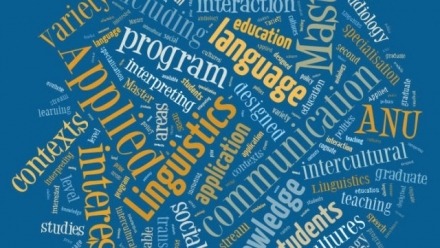Experimental field work with the Karaja language: investigating deixis, coreference and recursion

Presented by Marcus Maia (Federal University of Rio de Janeiro) as part of the Linguistics Seminar Series
Syntax is a mental process. Corpora studies can analyze the products of this process to allow preliminary inferences about grammar. However, corpus building in itself is not enough to provide the kind of data needed to test hypotheses about core linguistic issues such as the grammaticality of linguistic expressions. In order to study such processes, Generative Grammar proposed since its inception in the mid 50’s, that judgments on the well-formedness of sentences were collected. From these early days, linguistic experiments have gone a long way in the direction of adopting more rigorous criteria, making use of sophisticated methodologies, accurate statistical analyses and even the fancy equipment of Psycholinguistic labs. However, it is only very recently that the study of indigenous languages in the field has started to benefit from the experimental method. It is about time then that the cognitive revolution reaches field linguistics. This new endeavour which is being called experimental field work is facing the challenge of bringing together crucial dimensions of linguistics such as theory of grammar, psycholinguistic methods and fieldwork procedures in order to attempt to uncover grammatical processes which could never be discovered solely on the basis of corpus building. In the present talk, we will present two experimental studies carried out with speakers of Karaja, a Macro Je language spoken in Central Brazil, in order to explore what Tom Roeper calls fast thought and try to think of it as an instrument to probe into the interconnection between models of complex cognitive objects, such as:
- The space relation module
- A very linguistically specific module – the anaphoric coreference module, which is a central linguistic module as it establishes reference relations between linguistic units such as names and pronouns.
- Embedded and coordinated PPs
Three experiments will be reported: constructions 1 and 2 are investigated through a priming test with probe recognition and constructions in 3 will are examined through an eye-tracking test.








